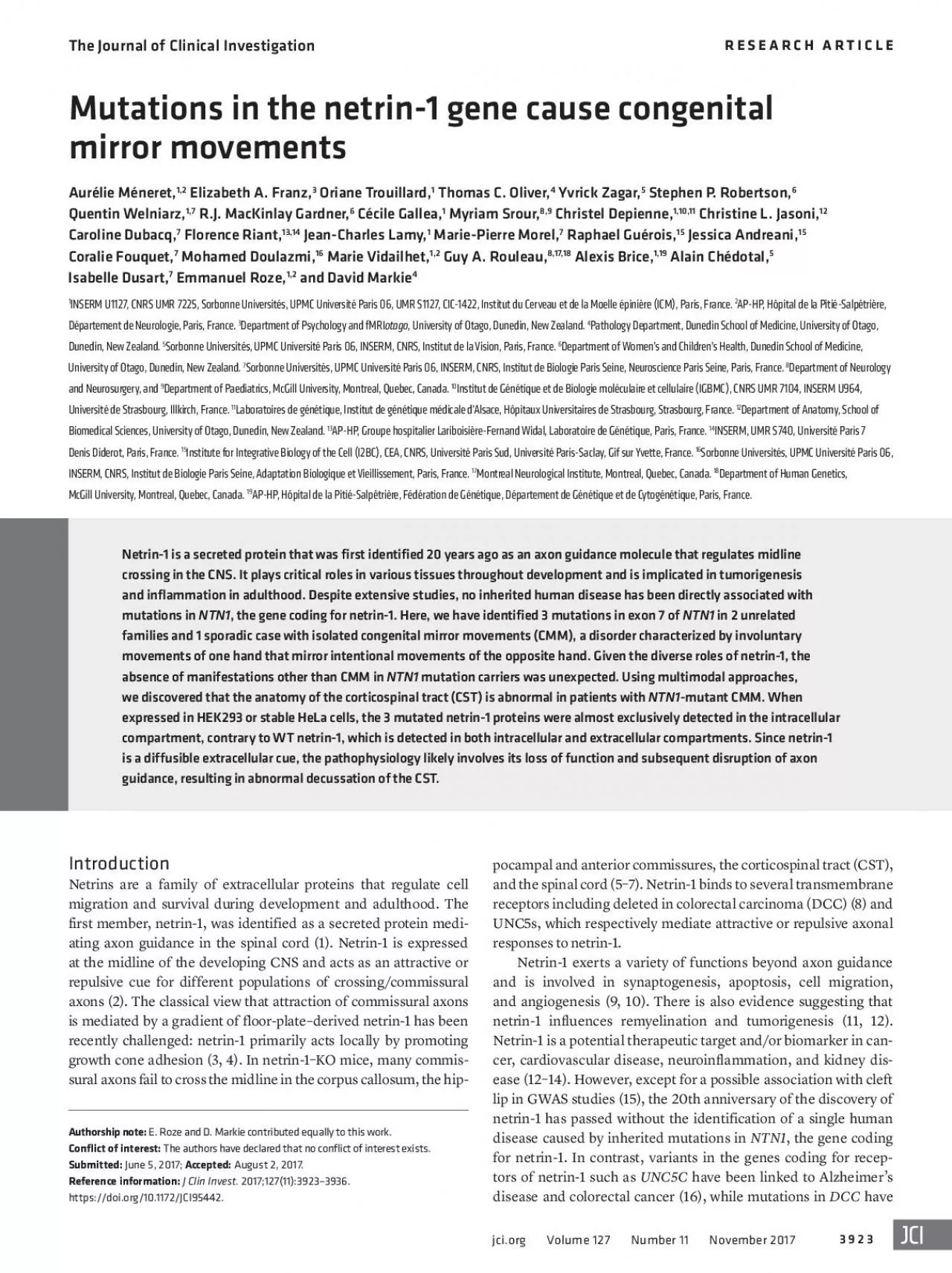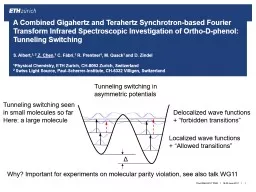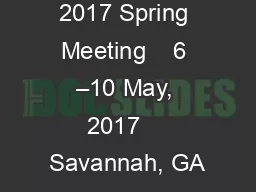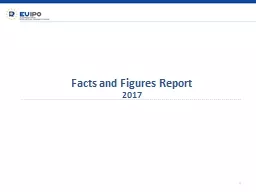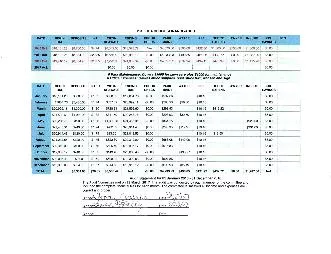PDF-3923jciorgVolume 127Number 11November 2017
Author : white | Published Date : 2022-08-24
Netrins are a family of extracellular proteins that regulate cell migration and survival during development and adulthood The 31irst member netrin30 was identi31ied
Presentation Embed Code
Download Presentation
Download Presentation The PPT/PDF document "3923jciorgVolume 127Number 11November 20..." is the property of its rightful owner. Permission is granted to download and print the materials on this website for personal, non-commercial use only, and to display it on your personal computer provided you do not modify the materials and that you retain all copyright notices contained in the materials. By downloading content from our website, you accept the terms of this agreement.
3923jciorgVolume 127Number 11November 2017: Transcript
Download Rules Of Document
"3923jciorgVolume 127Number 11November 2017"The content belongs to its owner. You may download and print it for personal use, without modification, and keep all copyright notices. By downloading, you agree to these terms.
Related Documents

